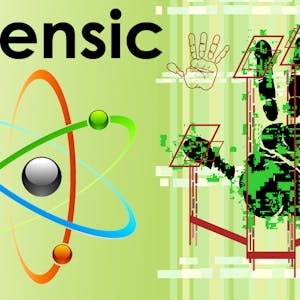Explore the captivating realm of forensic science with the "Introduction to Forensic Science" course. Delve into the scientific principles and techniques that underpin the work of forensic scientists, and gain insights from diverse case studies from Singapore and around the world.
Discover the historical evolution of forensics and its indispensable role in police work. Uncover the fascinating applications of forensic methods in non-criminal areas, shedding light on the versatile nature of these techniques.
Embark on a captivating journey through the riveting landscape of forensic science, facilitated by Nanyang Technological University, Singapore.
Certificate Available ✔
Get Started / More Info
Introduction to Forensic Science provides a comprehensive exploration of forensic science, encompassing modules on basic ideas, chemical analysis, time of death, DNA profiling, fingerprinting, narcotics, toxicology, and intriguing case studies.
Information
This module provides an overview of the course structure and introduces the foundational concepts that will be covered throughout the course.
Introduction to Forensic Science
Chemical Analysis in Forensic Science
Time of Death; Blood
DNA in Forensics
Fingerprinting; Polymers & Fibres; Firearms
Narcotics
Toxicology
Case Studies
This course provides an introduction to translational science and its applications in improving patient and community health, covering the four stages of translational...
The Emergence of Life course explores the history of life on Earth, from its origins to its co-evolution with the planet. Delve into the cutting-edge understanding...
Paleontology: Early Vertebrate Evolution provides a comprehensive overview of the origin of vertebrates, exploring Palaeozoic lineages and major vertebrate novelties....
Bipedalism: The Science of Upright Walking explores the evolution and mechanics of human and animal locomotion. Dive into paleoanthropology and kinematics to understand...